By Buck Hightower, Senior Readiness Analyst, AAR Files
LOS ANGELES / EL PASO — The National Guard has officially been activated under a new directive informally dubbed Operation Clusterflex, a domestic deployment strategy built around one guiding principle:
“If no one else wants to do it, send the Guard.”
Originally tasked with assisting Border Patrol in migrant processing, multiple Guard units were abruptly redirected to crowd control duties in Los Angeles, wildfire support in Ventura County, and one suspiciously vague “morale enhancement” assignment at a DMV in Bakersfield.
“My orders said ‘assist with logistics,’” said SPC Marcus Dunn, a 92G food service specialist. “Next thing I know, I’m holding a riot shield outside a weed dispensary with a guy from the band. We were told to look intimidating, but not aggressive — whatever the hell that means.”
MOS? Doesn’t Matter. You’ve Got Boots.
In the Clusterflex model, Military Occupational Specialty is considered more of a suggestion than a deployment factor. Soldiers are pulled from completely unrelated fields and assigned wherever there’s a crisis — or a staffing shortage.
Examples include:
• A 42A Human Resources clerk posted as a traffic control point NCOIC because she “has great handwriting.”
• A 25S satellite comms tech assigned to operate a forklift with no license and a YouTube crash course.
• An 88M truck driver reassigned to manage a migrant intake center, despite only speaking “menu Spanish” and “some Duolingo.”
“You ever see a tuba player in a gas mask trying to sort mail and direct protest traffic at the same time?” said one sergeant. “That’s Clusterflex.”
No Beds? That’s Called ‘Agility.’
Sleeping conditions under Clusterflex range from “shared cot in an abandoned JCPenney” to “whatever shade you can find.” But rather than acknowledge the chaos, leadership has reframed it as a feature of the mission.
“The lack of sleep builds resilience and keeps soldiers sharp,” said one National Guard PAO. “We’re seeing incredible adaptability. One private constructed a fully enclosed fighting position out of recycling bins and caution tape. That’s initiative.”
Unnamed White House Official Offers Support
A senior White House aide, speaking off the record, admitted the deployments may not be ideal but insisted:
“Look, these guys already have boots and reflexes. That’s more than I can say for most federal agencies. If anything, we should be sending them to fix Congress.”
Clusterflex Expands Weekly
As of this writing, ongoing Clusterflex assignments include:
• Supporting Border Patrol with migrant intake
• Riot control in three separate cities
• Sandbagging in preparation for hurricane season
• Search and rescue standby
• Parking enforcement at a music festival
• Assisting FEMA with “data entry and general good vibes”
One platoon was reportedly tasked with “standing in line for someone at the DMV,” though the order remains under investigation.
The Final Word
“The Guard is the duct tape of national response,” said COL Brexley Vann, Task Force Clusterflex Commander. “It’s not always pretty. But it’ll hold things together long enough for someone else to take the credit.”
When asked how long the Guard would remain under Clusterflex orders, one soldier shrugged and said:
“Until morale improves. Or until someone notices we’re not actually doing anything.”
Potential missions on the horizon include: augmenting airport security during peak travel season, assisting with substitute teaching shortages in rural districts, clearing invasive plants from state parks, and providing “ceremonial presence” at a tech industry conference that requested troops for “optics.” One unit in Oregon has reportedly been briefed to “help out at a haunted hayride” after local volunteers backed out, while another detachment is standing by in case a local city council meeting “gets spicy.”


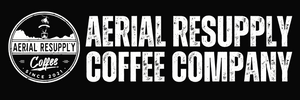
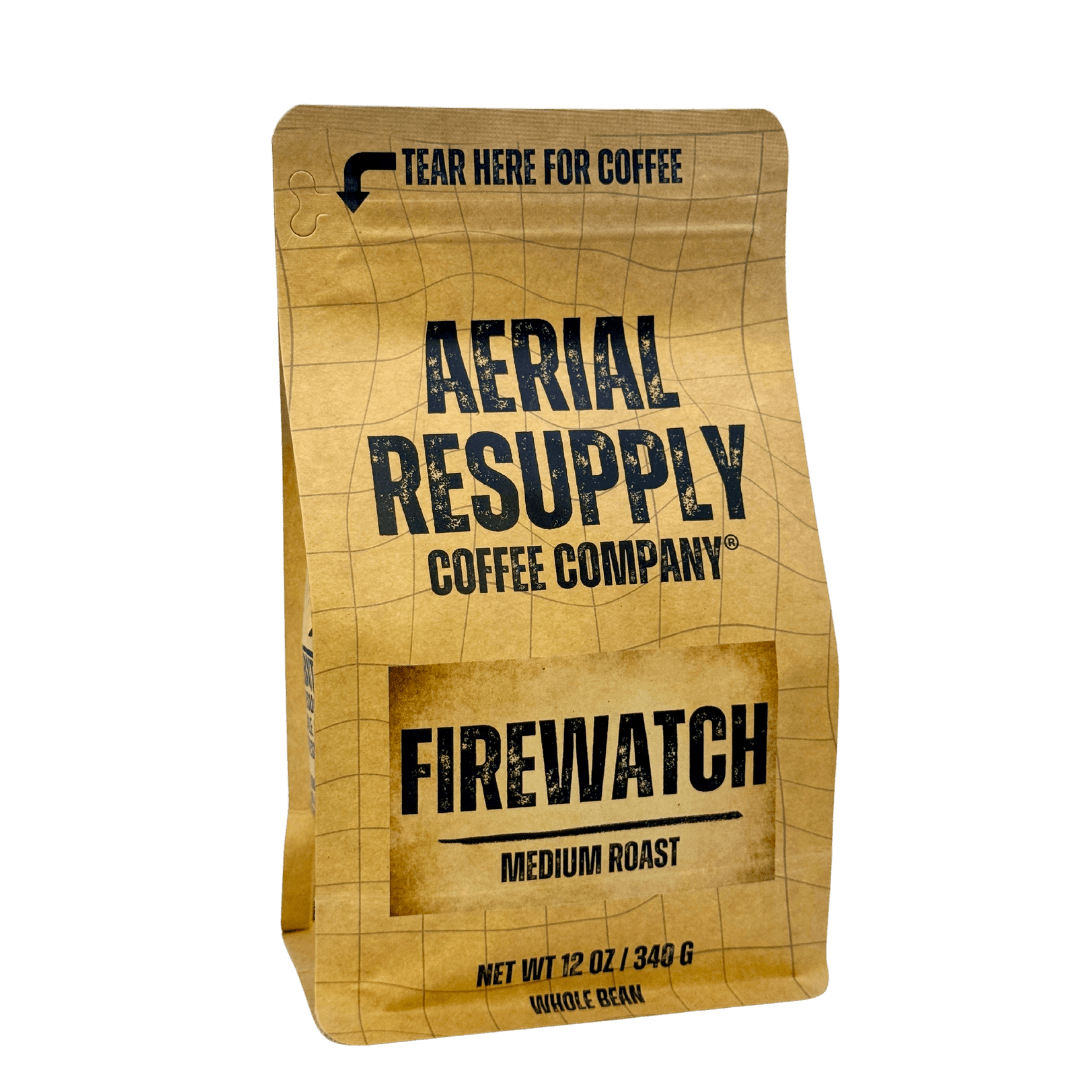
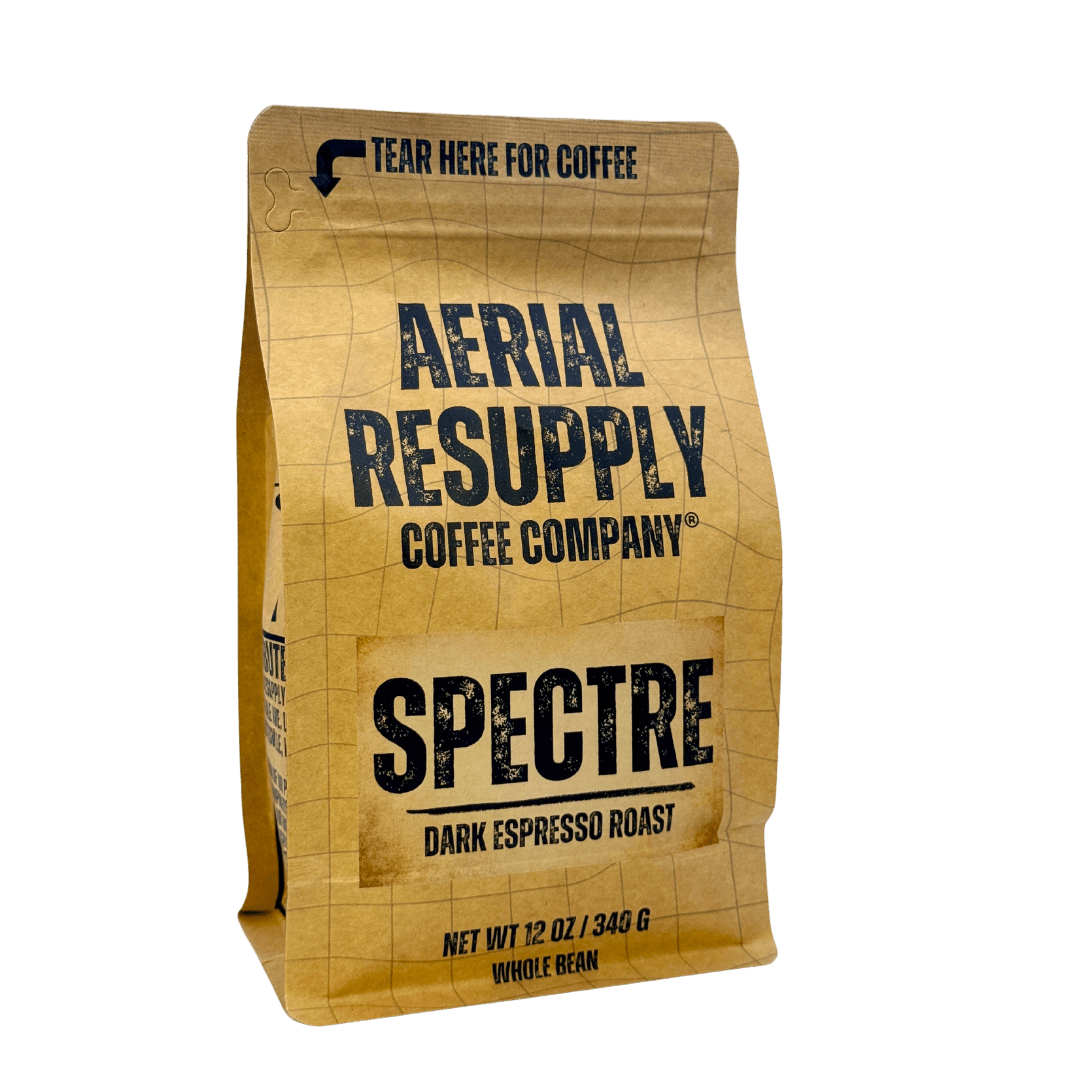
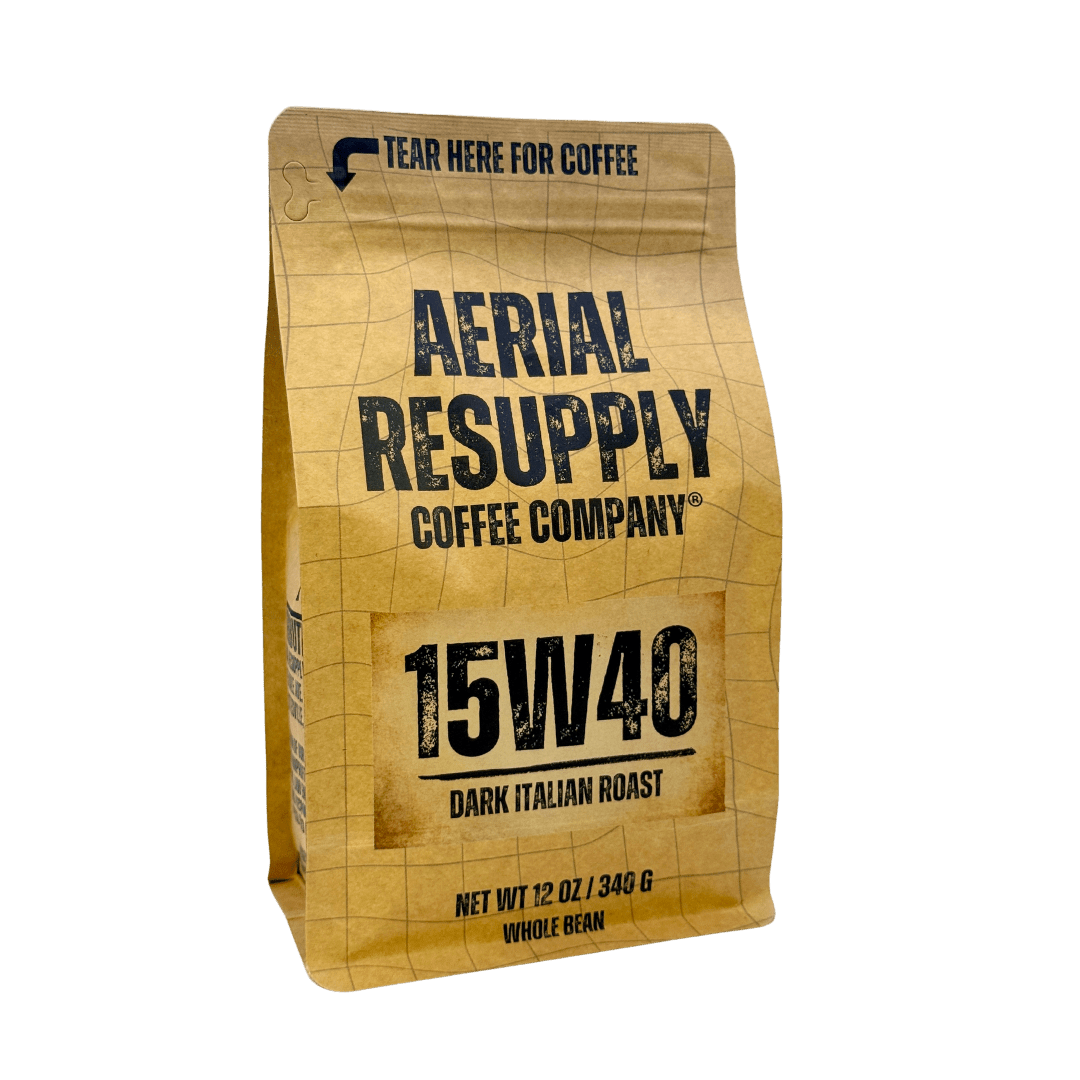
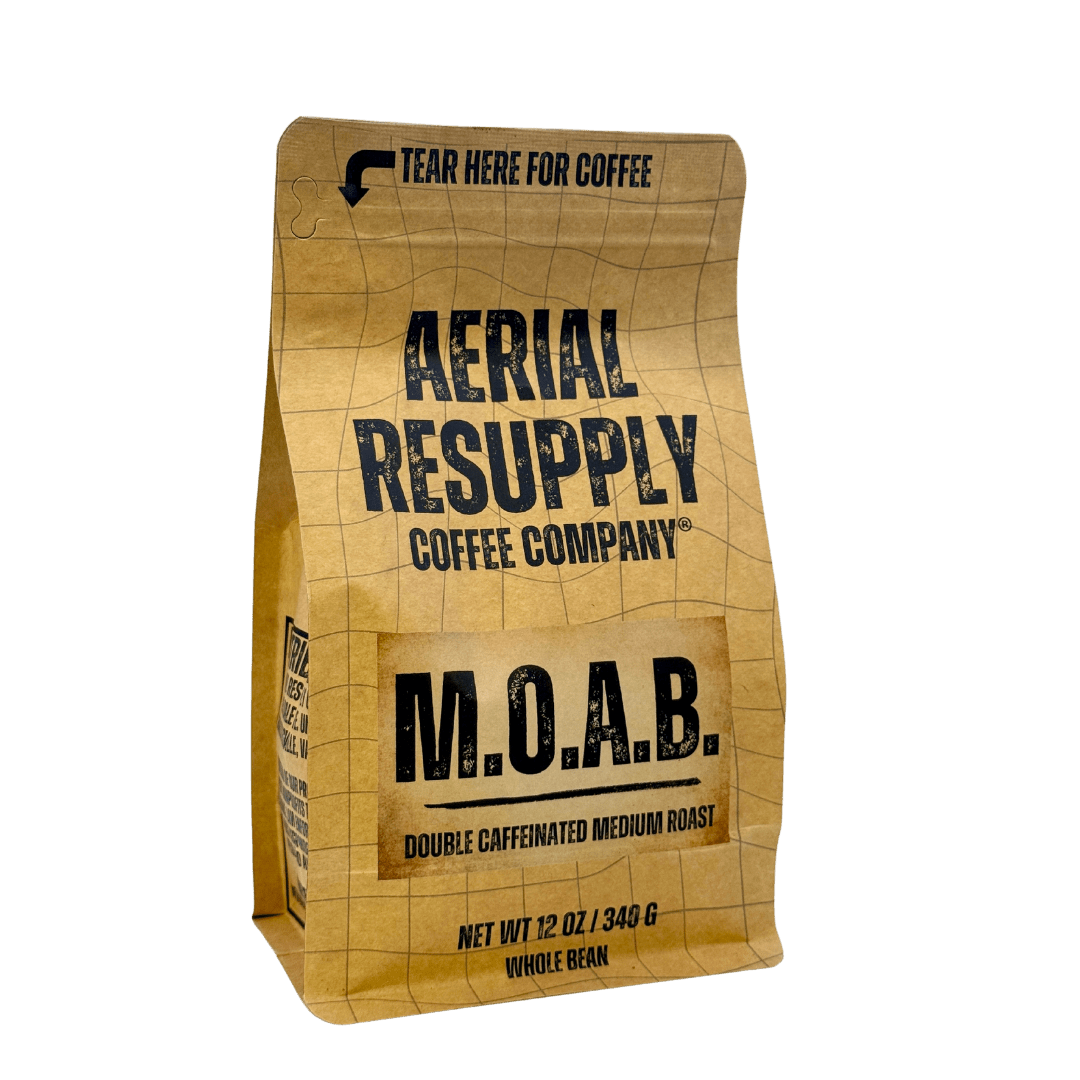
Leave a comment